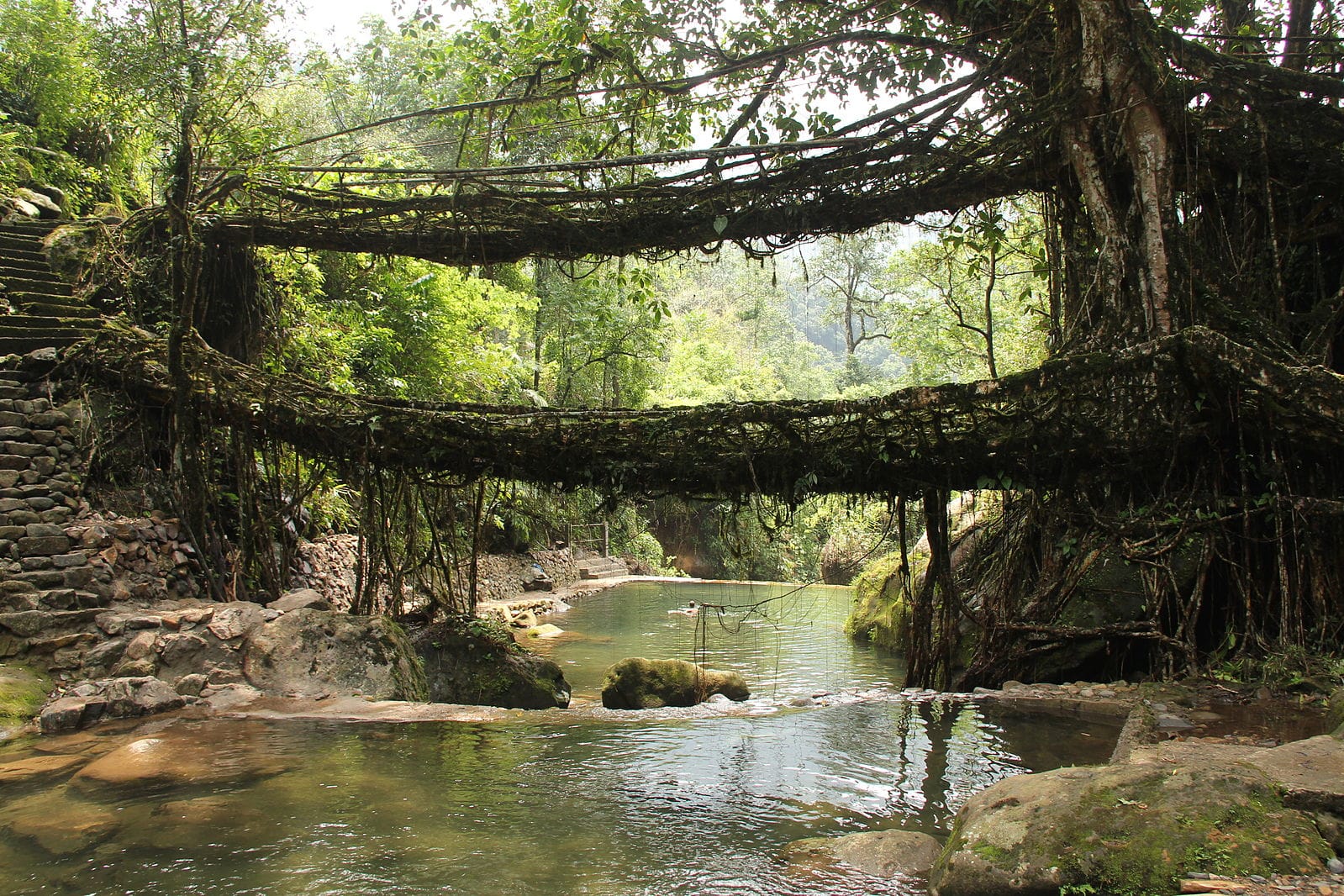
what roots me to the core of this land? — issue #62
In 2013, I went to Japan for the first time, desperate for a break from stressful Singapore. But the non-stop bustle of Tokyo, with the near-identical welcoming chirp of sales people in every shop, made me feel more overwhelmed and overstimulated. Turns out what I needed wasn’t more city. The moment I left for the Japanese countryside, I felt my anxiety levels drop and my chest expand. The leaves were turning colour in the autumnal air; as my eyes took in the yellows, oranges, and reds, I felt them prick with tears.
Crying in the presence of trees? I won’t lie, part of me felt pretty pathetic. But later I realised how rare it is to be truly surrounded by nature, and to feel small and human in its presence.
Singapore is a small city-state, meaning most of the country is built-up and modern. There is a dedicated national effort to keep the country green, so we have easy access to parks, and there is always a tree, a vertical garden, or a Cloud Forest to remind us that nature is important. But we can never really forget that we live in a city, where greenery is something that is actively managed. (Psst, we are working on something related which will be announced soon!)
We have our fair share of beautiful trees, but many are imported and planted specifically for their aesthetic appeal, like trumpet trees or Singapore’s “sakura blossoms”. Even when we form connections with the trees in our neighbourhoods, we know that they can be uprooted or cut down anytime.
We’ve written about this plenty of times—colonial exploitation, reclamation, urban development and more make it hard to feel truly connected to the country. If an ancestral burial ground today can make way for an expressway tomorrow, what exactly roots me to the core of this land? There is little in Singapore that is truly natural, ancient, sacred; if I weep, it’s for what’s been lost.
So when I need a break from the city, I have to leave the country. But I don’t need to go very far. From the window of an airplane, I see not how small Singapore is, but how large its community. The ocean connects us to other peninsulas and archipelagos full of shared histories and new discoveries. This keeps me hopeful and excited. There is so much about this world I can hold on to, and that holds on to me.

more from us...
Singapore is known as a little red dot, but stories from its Indigenous Orang Laut tell us of a rich archipelagic history.
Explore the abundance of life that forests support, and the fate of this magnificent ecosystem in Asia.
Kawan special

Earlier this year, Kontinentalist held our annual new year’s dinner party, themed “Roots That Reach”. What inspired the name, and what guided our selection of food, activities, and decorations? Our community manager Samira Hassan shares more about the day’s events and how community sat at the heart of it all.
Stuff we love
↗ Read this informal process of using tracings of rhizomes and tree roots to visualise data with more emotion and less numbers.
↗ Malaysian artist Mimifly’s latest Hari Raya-themed song “Serumpun”, meaning “of the same roots” in Malay, celebrates Nusantara unity by highlighting the region’s cultural diversity.
↗ Learn about how grassroots-led data collection holds far more sovereignty than ever in this age of big data governance.
↗ In Pokoknya: Organic Cancellation, sound artist Tini Aliman recorded water movement in leaves, stems, and soil, perceiving plants as extraordinary data centres.
Did you know?
Temporal breathing bridges
Temporal breathing bridges

Sprawling ficus trees have become living, breathing bridges known as “jing kieng jri” in villages across the state of Meghalaya, India. Made out of tree roots, the name of the jing kieng jri stems from the local language of the Khasi mountain tribe, meaning “living root bridges”. The Khasi community bioengineered the jing kieng jri over centuries by planting tree saplings and turning it into a communal structure for villagers in the remote forest. After maturing, the roots are then coaxed across the river with the help of bamboo scaffolding, merging over time with trees on the other river bank. These natural bridges are durable enough to support the daily traffic of local pedestrians. Its strength, however, is being threatened by overtourism.




